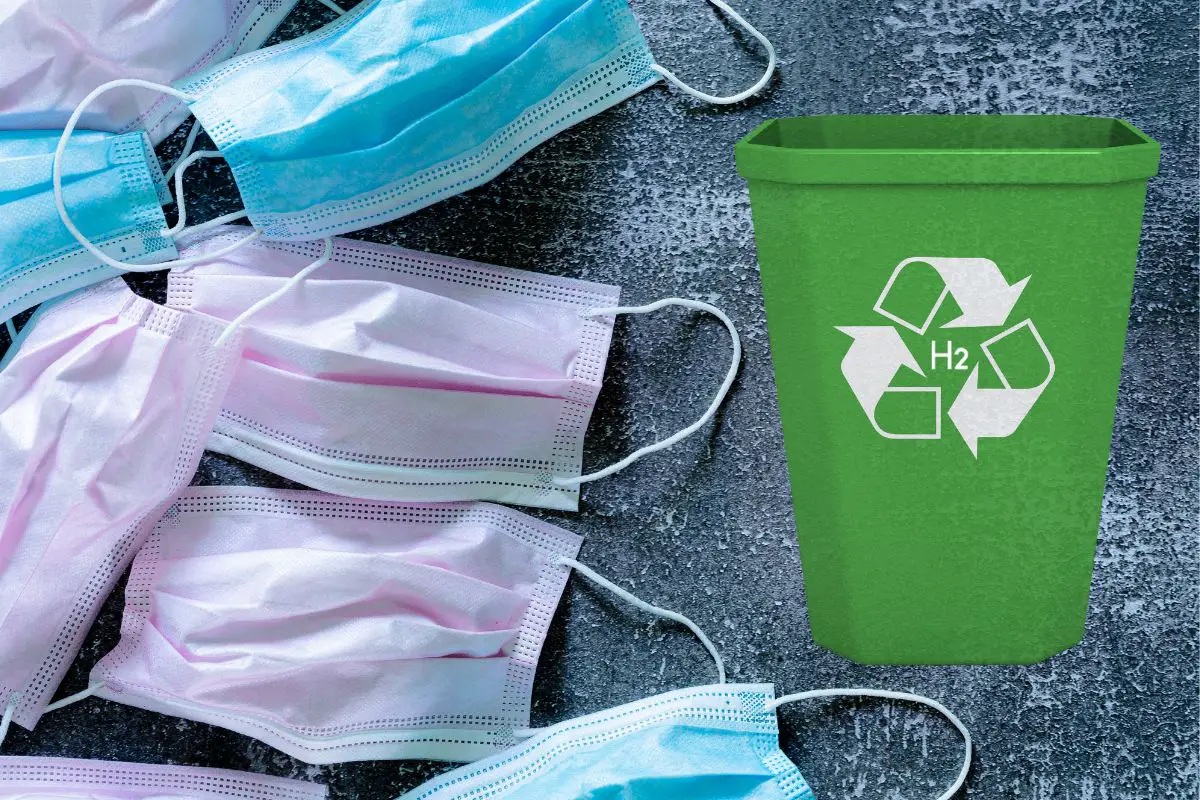
Hydrogen energy could be generated from surgical masks waste, research
January 16, 2024Researchers have explored a way to recycle used COVID-19 masks.
Thousands of tons of surgical masks were used and tossed every month during the critical period of the COVID-19 pandemic, and Lithuanian researchers may have found an eco-solution to deal with this waste by turning it into hydrogen energy.
The researchers conducted a series of experiments.
In their investigations to convert surgical mask waste into clean energy products, including hydrogen energy, researchers from Kaunas University of Technology (KTU) and the Lithuanian Energy Institute explored the possibilities of plasma gasification as an eco-friendly solution.
The researchers managed to obtain synthetic gas (syngas) with a high abundance of hydrogen, after carrying out a series of experiments.
To convert the surgical mask waste into hydrogen energy, the researchers applied plasma gasification on defective FFP2 (Filtering Face Piece level 2) masks. Prior to conversion, the masks were shredded into uniform particle size then transformed into granules that could be controlled with ease during the treatment process.
The highest yield of hydrogen from their experiments was obtained at a steam-to-carbon (S/C) ratio of 1.45. Overall, the syngas procured displayed a 42% higher heating value than what had been produced from biomass.
Gasification has a lot of potential as a waste to hydrogen energy method.
“There are two ways of converting waste to energy – by transforming solid waste into liquid product, or gases. Gasification allows converting huge amounts of waste to syngas, which is similar to natural and is a composition of several gases (such as hydrogen, carbon dioxide, carbon monoxide, and methane),” explained Samy Yousef, a chief researcher at KUT, Lithuania.

“During our experiments, we played with the composition of this synthetic gas and increased its concentration of hydrogen, and, in turn, its heating value,” Yousef added.
According to Yousef, gasification is a traditional waste management technique. Moreover, arc plasma gasification (what the researchers used) allowed them to convert face masks to gas within a few seconds, due to the high temperatures that arc plasma generates.
Yousef says that plasma gasification and other advanced gasification techniques are more efficient in procuring a better concentration of hydrogen (as much as 50%) within syngas production. It also lowers the amount of tar in the syngas, resulting in higher quality.
“In pyrolysis, it takes up to an hour to get the final product. In advanced gasification, the process is almost instantaneous,” Yousef said.
Syngas is rich in hydrogen.
 Yousef says that plasma gasification is one of the best methods for procuring syngas, which is rich in hydrogen.
Yousef says that plasma gasification is one of the best methods for procuring syngas, which is rich in hydrogen.
The researchers believe that there is strong potential for their technique of converting surgical mask waste into hydrogen energy and other useful clean energy products to be commercialized.
Ready to test your knowledge on the most abundant element in the universe? Take our fun and engaging Hydrogen Quiz now! [forminator_quiz id=”58712″]



 With over 15 years of reporting hydrogen news, we are your premier source for the latest updates and insights in hydrogen and renewable energy.
With over 15 years of reporting hydrogen news, we are your premier source for the latest updates and insights in hydrogen and renewable energy.